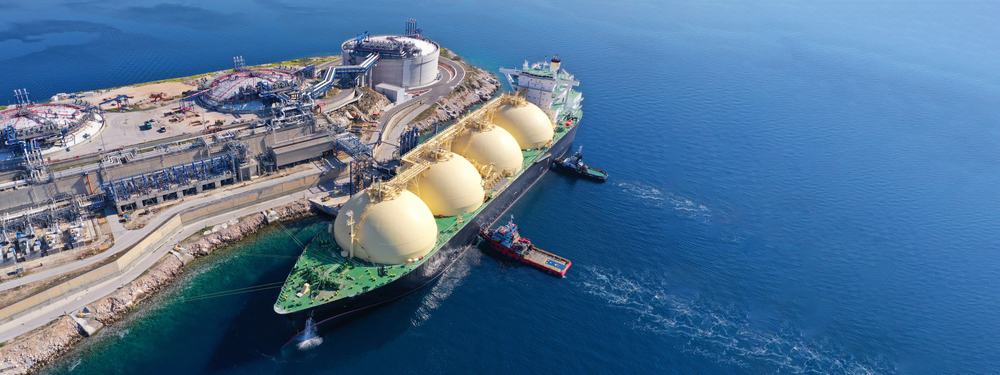
Liquified natural gas (LNG) is simply methane gas that is cryogenically cooled to transform into a liquid state to decrease its volume and make long-distance gas transport easier. LNG serves a diverse range of applications—from residential or commercial heating to electricity generation. It is also a low-carbon option when compared with traditional fossil fuels. As a result, LNG has experienced a global demand increase as a prominent energy source. In 2020, the U.S. exported a record 2390 Bcf of LNG to 40 countries, increasing from 28 Bcf to 7 countries in 2015. Addressing this demand requires advanced technologies in the fabrication and installation of related infrastructures that guarantee the safety of LNG shipping.
In this article, we will discuss this low-carbon fuel, explore its benefits, and discuss the role orbital welding can play in facilitating its processing and transportation.
LNG Benefits and Transport Challenges
Recent events have shaken up the global energy market and have drastically affected the natural gas supplies in Europe. The U.S. is widely expected to make up some of the shortage with LNG exports, and Germany is preparing to build two new facilities for holding and processing LNG. Likewise, many other countries are topping up their reserves. As such, there has been growing interest in understanding what is LNG and how is it transported.
The liquified version of natural gas, LNG, is obtained by cooling it to almost -260°F, at which point its state changes from gas to form a colorless and odorless liquid, and its volume decreases by nearly 600 times. LNG provides a cleaner option than traditional fossil fuels, as LNG produces almost 40-50% less carbon than coal and 20-30% less than oil. Its reduced volume and liquid state also make shipping and storing LNG in vessels and containers a safer and easier process.
Transport via trucks, trains, or ships is generally carried out with specially designed vessels or containers. An important consideration in LNG transportation is the design of LNG tanks and carriers. A typical LNG tank has the following features:
- Double-walled construction
- Insulation between the walls to aid auto-refrigeration
- Working pressure of less than 5 PSIG
Manufacturing in accordance with these features requires a welding process that can ensure joint strength and cleanliness. Orbital welding’s mechanized process can deliver the desired results.
Orbital Welding LNG Transportation Vessels
LNG processing and shipment involves many types of welding, such as welding for ships, pipelines, tanks, and vessels. Heightened importance is given to the welding needs of storage tanks and vessels because they deal directly with LNG and the associated cryogenic characteristics. Industry standards also provide specifications to ensure maximum welding safety and efficiency. Orbital welding enables the following benefits:
- A proper weld parameter setup that allows for controlled welding
- Auto weld heads that are computer-controlled to eliminate human error—ensuring welding consistency and reliable results
- Precision and control of weld parameters to avoid defects like brittleness and cracking near the fusion line
- Faster welding from difficult positions and in hard-to-reach spaces to increase productivity and cost-efficiency
- Weld process monitoring and parameter optimization
These orbital welding features enable precision welding for LNG tanks and vessels that must endure extreme temperatures and pressure.
Precision Welding To Support LNG Storage and Transport
In an energy market dominated by carbon-rich fossil fuels, LNG has proven itself as an advantageous option, especially for countries trying to transition to cleaner renewable fuels. However, in some cases, cleanliness is offset by the required transportation. Likewise, a potential hazardous methane leak would further negate or altogether eclipse LNG’s benefits. As a result, the fabrication of tanks and vessels used for LNG transport and storage should ensure unparalleled strength, especially in weld areas.
Orbital welding provides the precision and control required for cryogenic tank welding while minimizing the potential for defects.
Arc Machines, Inc. is a leading provider of orbital welding equipment that can support your critical cryogenic LNG storage tanks and vessel welding. To learn more about what LNG is and how it is transported, or for inquiries regarding how our products can help, contact sales@arcmachines.com. For service inquiries, contact service@arcmachines.com. Contact us to arrange a meeting.




